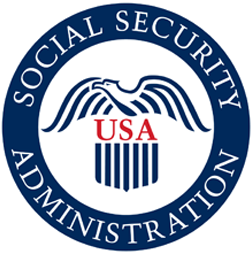State VR Agency Basics
Since its inception in 1920, the Public Vocational Rehabilitation (VR) program has worked with public and private-sector employers to assist millions of individuals with disabilities to enter, maintain and advance in gainful employment. Each year over one million persons with disabilities are served by State VR agencies across the country.
Facts about the Public VR Program
- Authorized under Title I of the Rehabilitation Act of 1973, which became Title IV of the Workforce Investment Act in 1998 and was recently reauthorized as part of the Workforce Innovation and Opportunity Act of 2014.
- Provides grants to "designated state agencies" to support a range of services to assist individuals with disabilities to prepare for and engage in gainful employment consistent with their strengths, resources, priorities, concerns, abilities, capabilities, interests, and informed choice.
- Federal funds are distributed based on a formula that takes into account a state's population and per capita income. Each state must provide 21.3 percent in matching funds to draw down its Federal allotment. These funds are used to cover the cost of direct services and program administration. Some states divide the funds, using a percentage to fund a separate State agency for the blind.
- Grant funds are administered under an approved state plan designed to meet the needs of that particular state. This results in a program that can vary significantly from state to state.
- Eligible individuals are individuals with physical or mental impairments resulting in substantial impediments to employment, who can benefit from VR services, and who "require" VR services.
- If a state projects that it will not have sufficient resources to serve all eligible individuals in the upcoming year, it must prioritize services for individuals with the most significant disabilities as defined by the state, i.e., an Order of Selection (OOS). On average, approximately 40 of the 80 State VR agencies implement an OOS in any given year.
- Choice and individualized services are underlying principles of the program.
VR Services
State VR agencies provide a range of services including vocational counseling and guidance; job placement assistance; college/vocational training; supported employment services; skills training; job coaching/tutoring; transportation; interpreter services; services to transition-age youth; accommodations, assistive technology and rehabilitation technology services; referral services; support, advocacy, and follow-up services for at least 90 days following job placement. These services are provided based on the individual needs of the consumer. Some VR services are provided by VR staff while others may be purchased from approved vendors. Most State VR agencies maintain a list of approved vendors where they purchase these services.
On average, State VR agencies nationwide serve over one million individuals with disabilities, placing somewhere between 180,000 and 220,000 people a year in employment. The percentage of beneficiaries with disabilities served by State VR agencies can vary from 20 to 60 percent depending on the state.

